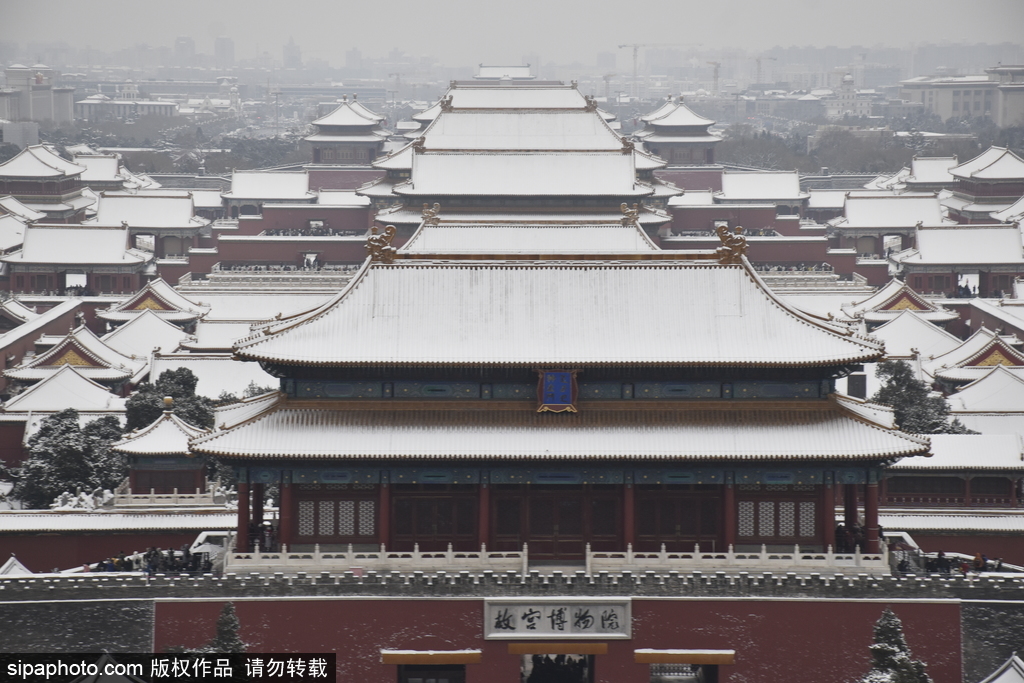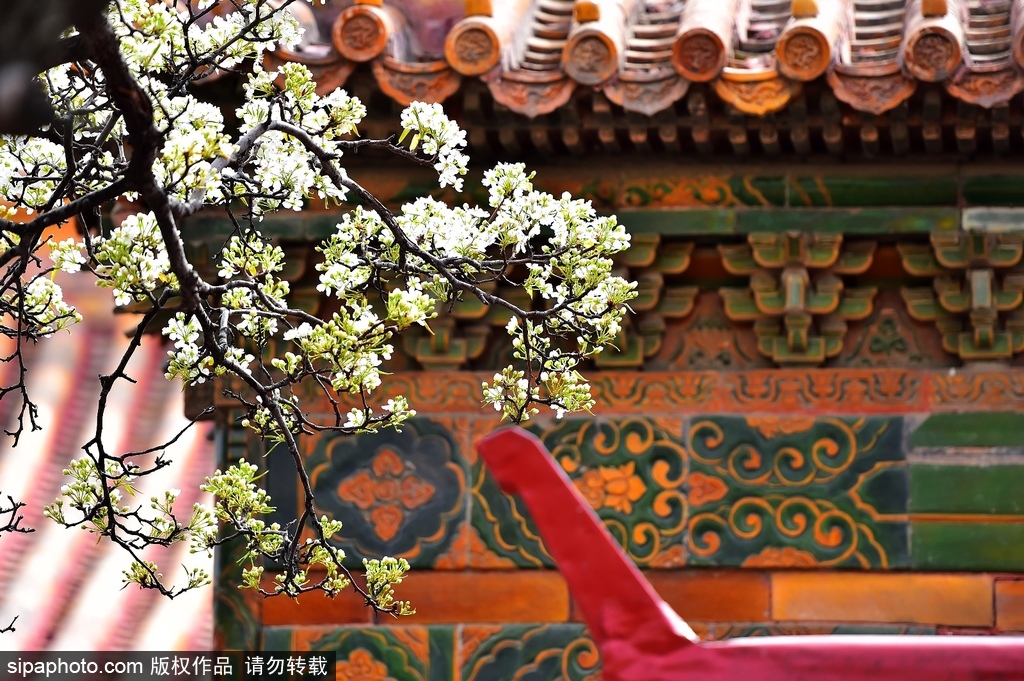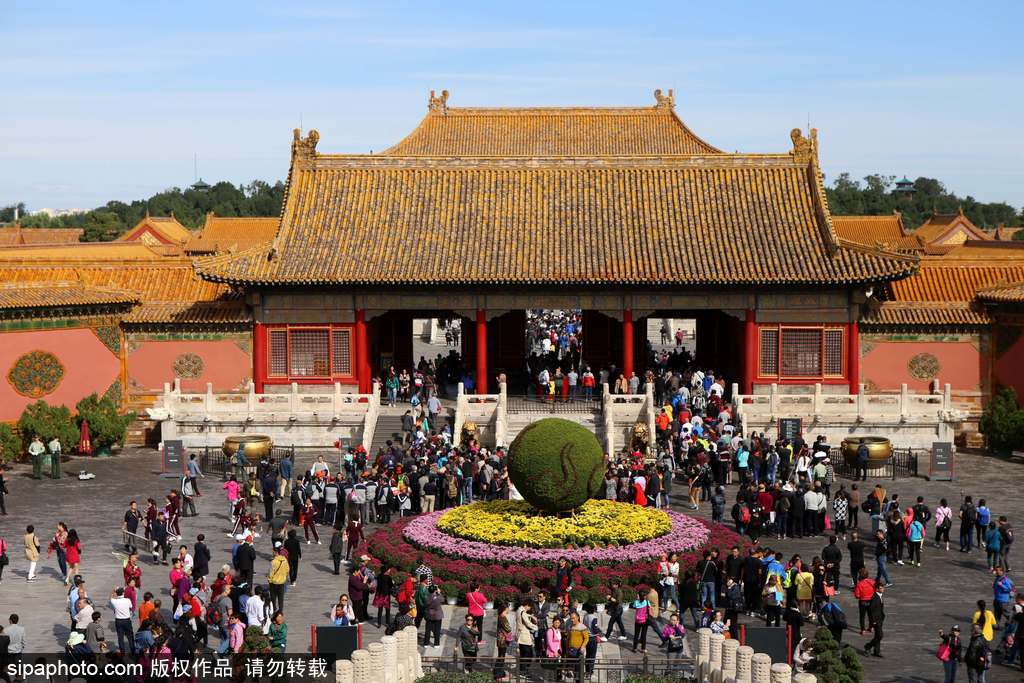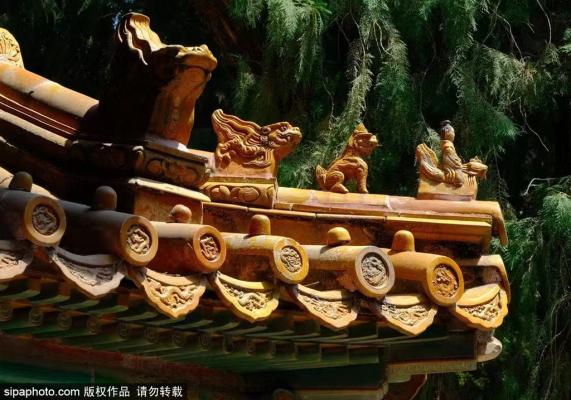Forbidden City (故宫)
Its location in relation with the old city of Beijing epitomizes the ancient Chinese concept of urban planning of "building the imperial palace at the central location".
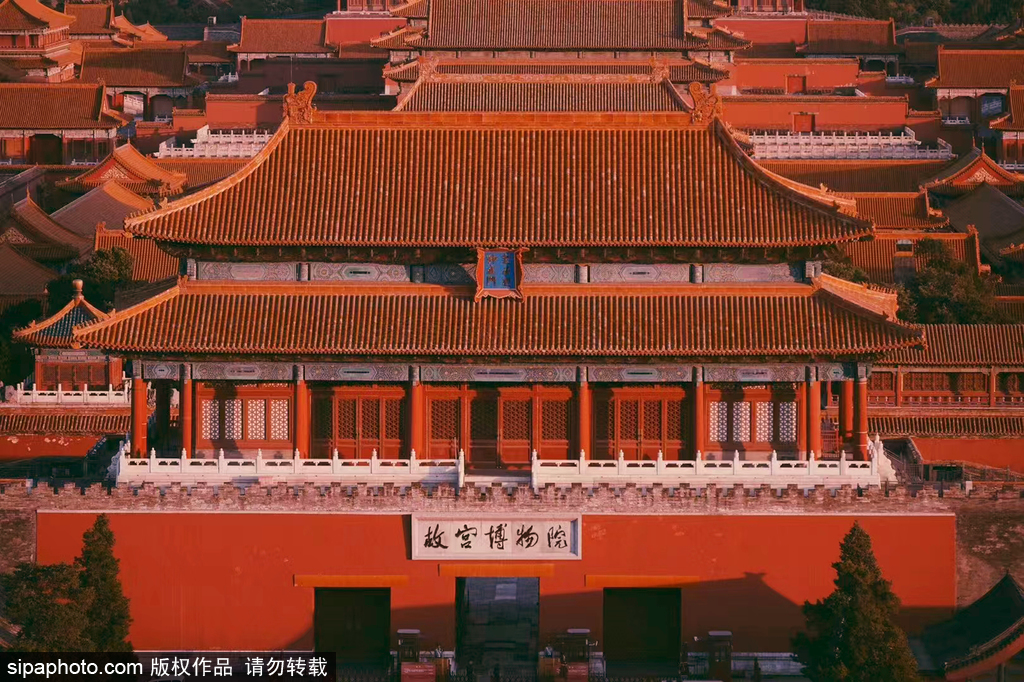
-
Tel:
86-10-85007938
86-10-85007421 -
Best Time to Visit:
All year -
Duration:
2 to 3 hours -
Admission:
Peak season price: 60 RMB
Off-season price: 40 RMB
Treasure Museum visit ticket: 10 RMB
Watch Museum visit ticket: 10 RMB
Note: The Palace Museum has a theme of free Open Day, the specific open for the crowd to the official website of the Palace Museum information shall be subject to. Peak season price: 60 RMB
Off-season price: 40 RMB
Treasure Museum visit ticket: 10 RMB
Watch Museum visit ticket: 10 RMB
Note: The Palace Museum has a theme of free Open Day, the specific open for the crowd to the official website of the Palace Museum information shall be subject to. -
Opening Hours:
Peak season: April 1 - October 31 08:30- 17:00 (closed at 16:00)
Off-season: November 1 - March 31 08:30- 16:30 (closed at 15:30)
Closed on Mondays all year round (except statutory holidays)
Description
Forbidden City (故宫)
Located on Beijing Central Axis, the Forbidden City was the palace city of the Ming and Qing dynasties. Its location in relation with the old city of Beijing epitomizes the ancient Chinese concept of urban planning of
"building the imperial palace at the central location". The imperial court area formed by the Tian'anmen Gate, the Upright Gate, and the Forbidden City, together with the Bell and Drum Towers in the north exhibit the urban planning paradigm of "court in the front, market in the...
Forbidden City (故宫)
Located on Beijing Central Axis, the Forbidden City was the palace city of the Ming and Qing dynasties. Its location in relation with the old city of Beijing epitomizes the ancient Chinese concept of urban planning of
"building the imperial palace at the central location". The imperial court area formed by the Tian'anmen Gate, the Upright Gate, and the Forbidden City, together with the Bell and Drum Towers in the north exhibit the urban planning paradigm of "court in the front, market in the back" as prescribed in the Kaogongji. The Forbidden City is an outstanding example of the imperial palace in China. The centered and symmetrical planning pattern and the well ordered landscape demonstrate the principle of "choosing the center." It was a place where the imperial families hosted national celebrations, administered government affairs, and enjoyed daily activities. As a significant material, carrier of national etiquettes and cultural traditions, the Forbidden City has witnessed the Chinese cultural tradition of inclusion and diversity. The establishment of the Palace Museum in 1925 marks an important step in the development of Beijing Central Axis toward public access, and the museum bears witness to the historical transformation of the Chinese society from a dynastic system into a modern state.
Location and Layout
The Forbidden City is located on Beijing Central Axis, with the Jingshan Hill as the backdrop to the north and the complex of the Tian'anmen, Upright and Meridian Gates forming a continuous ceremonial space to the south. Walls surround the palace city on four sides, with a gate on each side, and a turret at each of the four corners of the palace city.
Tongzi River encircles the walls outside. All the buildings of highest-grade of architectural design and vital functions are on the Axis, embodying the principle of "choosing the center." The Three Main Halls, comprising the Hall of Supreme Harmony, the Hall of Central Harmony, and the Hall of Preserving Harmony, stand in the middle portion; and the Back Three Palaces comprising the Hall of Heavenly Purity, the Hall of Union, and the Palace of Earthly Tranquility command the quarters in the north portion. The layout of the halls forms the pattern of "court in the front, dwelling in the back'. The Hall of Literary Brilliance Complex, the Hall for Ancestral Worship Complex, and the Six Eastern Palaces Complex in the east section, and the Hall of Martial Valor Complex, the Palace of Compassion and Tranquility Complex, and the Six Western Palaces Complex in the west section are symmetrically arranged on both sides of the Axis.
Architecture and Landscape
The Forbidden City complex is rigorously defined and majestic in form and appearance. The Meridian Gate is the main south gate of the Forbidden City.
North of the Meridian Gate is the Gate of Supreme Harmony, sitting on a white-marble foundation. This is the front gate of the Outer Court. The Hall of Supreme Harmony is ranked among the highest-grade of design on Beijing Central Axis. The Inner Court in the middle section comprises the Back Three Palaces and the Imperial Garden, with a smaller scale and slightly lower-grade architectural design than the Outer Court. The Gate of Heavenly Purity is the front portal. The architectural sequence of the Forbidden City in the middle section ends with the Gate of Divine Prowess. The building complexes on both sides of the middle section are similar in layout. They are also divided into the Outer and Inner Courts. On the east side, the Outer Court features the Hall of Literary Brilliance Complex, symmetrical with the Hall of Martial Valor Complex on the west side.
Functions and Traditions
The Forbidden City was the palace city of the Ming and Qing dynasties, where the emperors lived and administered state affairs. The Outer Court of the Forbidden City, built according to a strict etiquette system, demonstrated a strict and unequivocal hierarchical order. Meanwhile, the Inner Court exhibited the imperial family's desire for life, entertainment, and recreation while maintaining the hierarchical order, which complemented the solemnity of the ceremonial Outer Court. Today, the Forbidden City has become a museum and research institute integrating display, research, conservation, tourism management and other functions.
History and Development
The Forbidden City was first built in 1420. The central axis of the Forbidden City basically follows the location of the central axis of the palace city from Dadu of the Yuan dynasty, carrying on the planning tradition beginning from the Wei and Jin Period to superimpose the central axis A the palace city onto that of the capital city.
Parts of the Forbidden City were repeatedly reconstructed, with new elements added during the Ming and Qing dynasties. During the Jiajing reign of the Ming dynasty and the period between Shunzhi and Kangxi reign (1644-1661) during the Qing dynasty, construction activities were frequent, and the symmetrical pattern and ceremonial space of the buildings were constantly improved. The Antiquities Exhibition Institute was set up in the Forbidden City in 1914. The last imperial family of the Qing dynasty moved out of the Forbidden City in 1924. In the following year, the Palace Museum was founded in the Forbidden City and gave access to the public.
